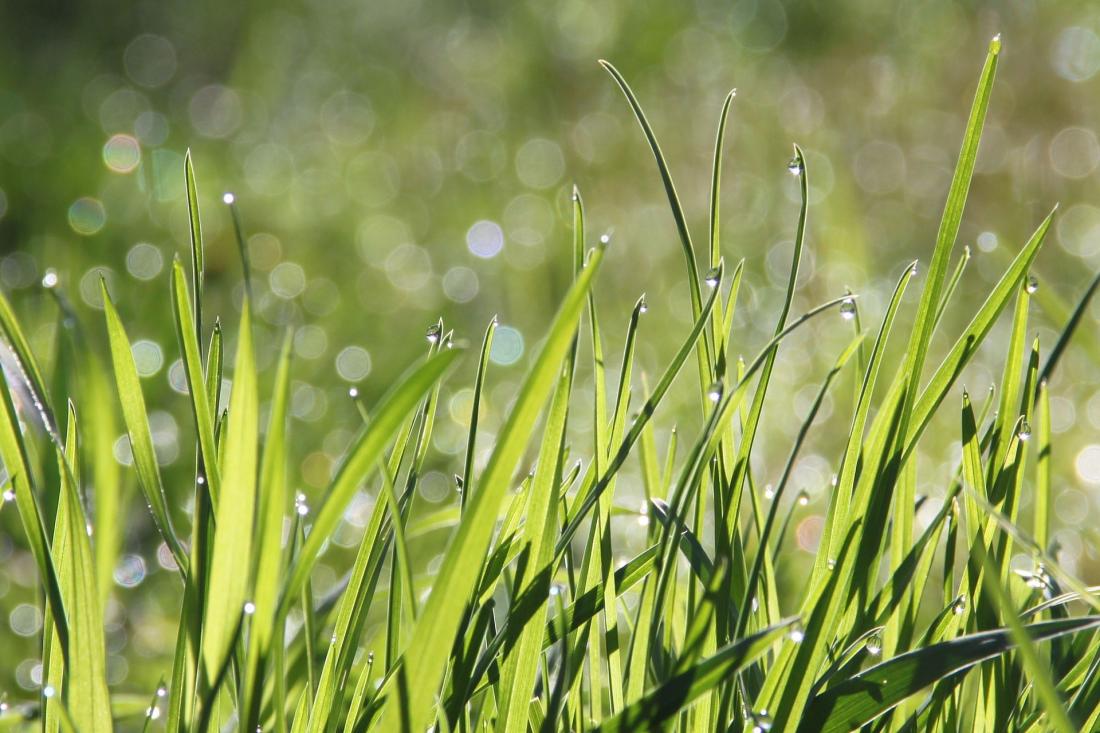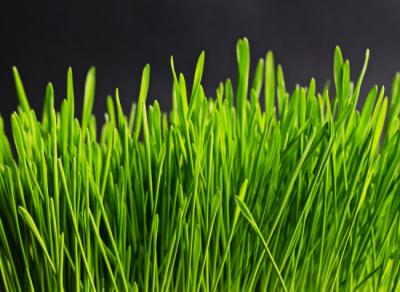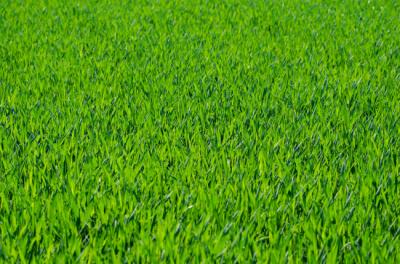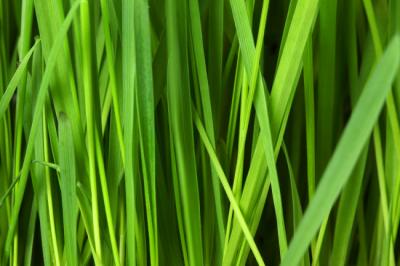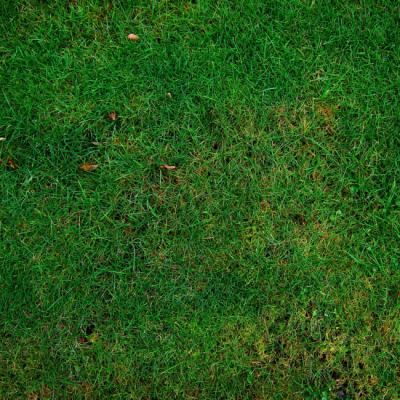6 Ways To Keep Your Lawn Healthy
1. Bugs
White Grubs, Chinch bugs and Sod webworms are some common pests that could wreak a havoc in your beautiful garden. The most common symptoms indicating the onset of these bugs are irregular, dead and dry spots on your turf. Some of these dry spots will first turn yellow then brown. The best remedy for these bugs is chemical control, aerating and spraying insecticides targeted to get rid of these pests.
2. Fungus Disease
If you happen to notice quickly appearing and expanding dead spots in your previously healthy lawn, chances are that it’s under fungus disease attack. You can adjust your watering and fertilizing routine and see where it takes you. You can change the timings and frequency of watering and fertilizing and experiment to see what works best for you and your lawn. For more precise solutions and the best choice for your lawn needs, consider consulting with experts at Atlanta Sod Farms. They can provide tailored advice and recommend the most suitable products to help your lawn thrive.
3. Striped Lawn
If your lawn has unhealthy yellow stripes appearing in between healthy green stripes, more often than not, there is an uneven fertilizer application to blame. Make sure to apply fertilizer with a drop type spreader and overlap wheel tracks. If you feel that the stripes are more of tan brown than yellow, adjust your lawn mower to cut more evenly to prevent scalping.
4. Thin Grass and Moss Growth
If your lawn has patches of grass growing very thin in few areas while you notice that moss is growing just fine, you need to get the pH of your soil checked. This problem is often faced by owners of Sod farms in Atlanta. Try to increase the sunlight by pruning trees if plausible. Reduce the amount and frequency of watering your lawn and aerate.
5. Grass in the shade
Two common problems with grass in the shade are reduced amount of sunlight and reduced airflow. The problem of reduced sunlight seems so apparent to everyone, but the problem of reduced air movement is equally serious. You will notice grass with long spindly needles. Try trimming some lower branches of trees and think about getting rid of less desirable trees and shrubs. Take care not to overwater the grass in shade as it can do more harm than good. Select grass species that are shade friendly and grow well in shade for these areas in your garden.
6. Grass in the sun
We witness poor looking grass in sunlight areas. It could be the result of grass being stressed. The possible factors could be under application or over application of fertilizers. The mower should be set two and a half inches or more and let the clippings lie.
Conclusion
Water the grass thoroughly but infrequently and avoid over watering. Check for grubs as they could be the culprits. Grubs cause problems mostly in the months of May, August and September. If you do a very good job of taking care of your lawn and still it does not look good, maybe it is time to get an expert advice from Atlanta Sod Farms about the genetic potential of your lawn. Additionally, for the best results, consider using local sod from Atlanta Sod Farms, which is specifically grown to thrive in the area's climate and soil conditions.


